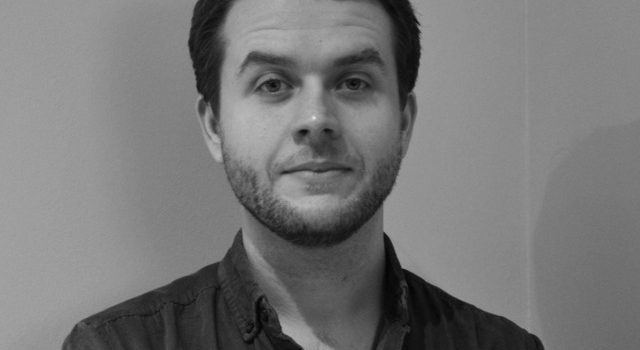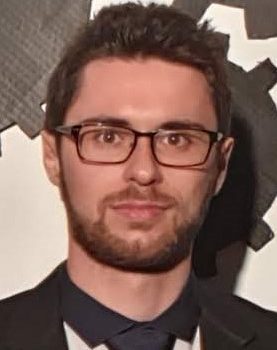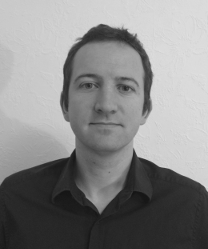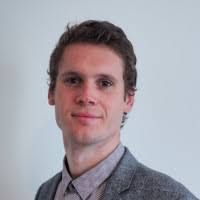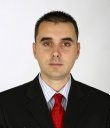
Title: Research Activities and Interests for Potentially Future Collaborations
Date and Place: 10h Thursday 1/9/2022 in TD-C
Speaker: Petre-Daniel Matasaru (“Gheorghe Asachi” Technical University Iasi)
Hosts: Prof. Oana Iova (AGORA)
Abstract:
The presentation is composed of 4 major axis: the City of Iasi, an overview of the Research at TUIASI, a detailed look at the Research and PhD Programs at ETTI and the Researcher’s personal research activities and interests with a focus on most relevant work.
A kit that was developed through a collaboration between the private sector (Bitron Electronics Engineering SRL, the Iasi (Romania) branch of Bitron Group, a worldwide Italian company) and the academic staff from ETTI will be presented. The development team included several disciplines such as hardware, software, PCB layout, mechanics and project-management and the resulting IoT kit can be used by researchers and students to develop and test various applications within the Internet of Things framework, highlighting the components of this kit and its capabilities for potential further development in the automotive area. Different sensors acquire information from the physical environment and data is being sent to a remote communication node that centralizes data traffic in a wireless sensor network. Authors developed a C program for an encryption application that runs on the board in order to secure the values obtained from the sensors and sent to the central node by the wireless adapter.
Another relevant paper called “Experimental and theoretical investigations of a plasma fireball dynamics” refers to modelling in the frame of the scale relativity model of the periodic current bursts observed in the dynamic current-voltage characteristic of a probe in the presence of a plasma fireball in dynamic state, based on both the fractal space-time concept and the generalization of Einstein’s principle of relativity to scale transformations. The bursts appear in the probe characteristic when a certain relation exists between the fireball dynamics frequency and the frequency of the probe voltage sweep. The double layer dynamics is described by a set of time-dependent Schrödinger-type equations and the self-structuring is given by means of the negative differential resistance. The obtained experimental and theoretical results are proven to be in very good agreement.”
Bio:
Born in Alexandria, Romania, studying electronics and telecommunications engineering at the Technical University of Iasi, graduating BSc in 2002 with a diploma thesis done at the Technische Universitat Darmstadt (TUD), Germany, due to an Erasmus mobility. MSc in 2003 and PhD with the thesis “Probabilistic methods used in the simulation of radio frequency structures” in 2011. Assistant-professor and Lecturer starting since 2003, at the Telecommunications Department of ETTI Iasi. Member of the Mod-Sim-Nano Research Group, Erasmus+ Coordinator at ETTI and member of the University Senate. Didactic mobility at Universita degli Studi Palermo, Italy (UNIPA) in 2019.

